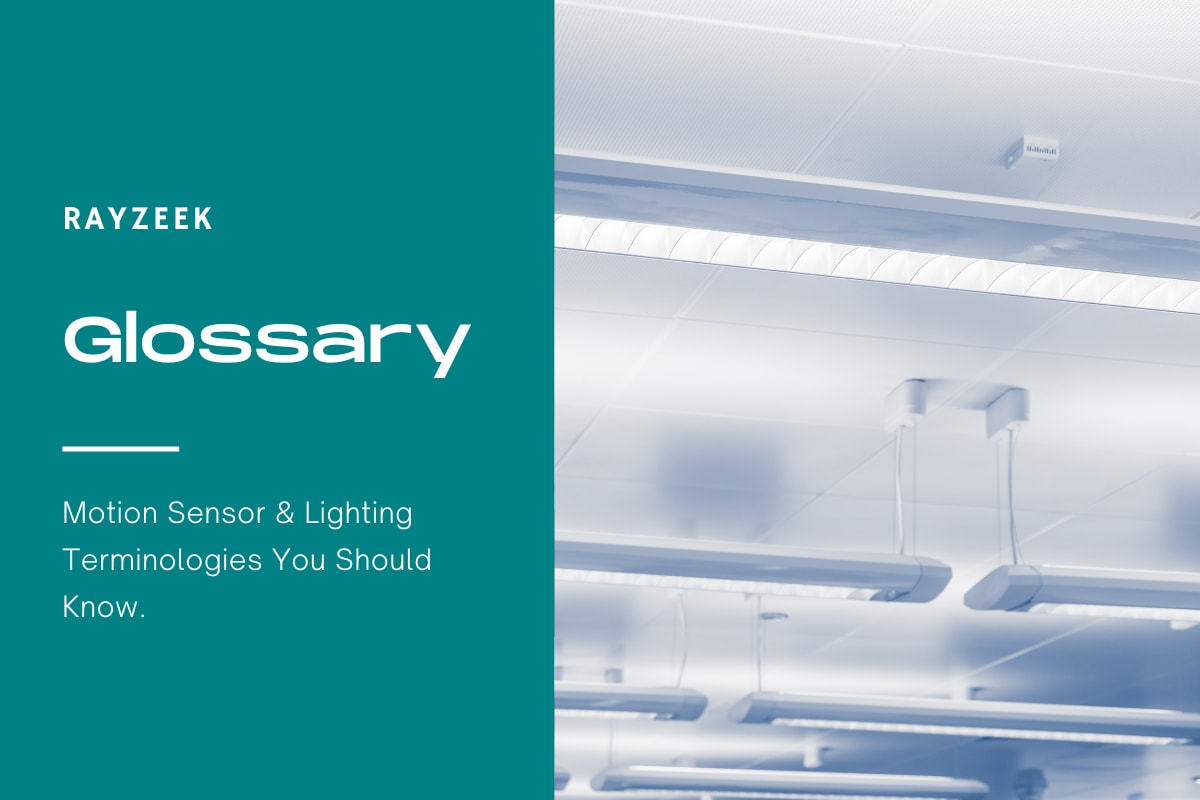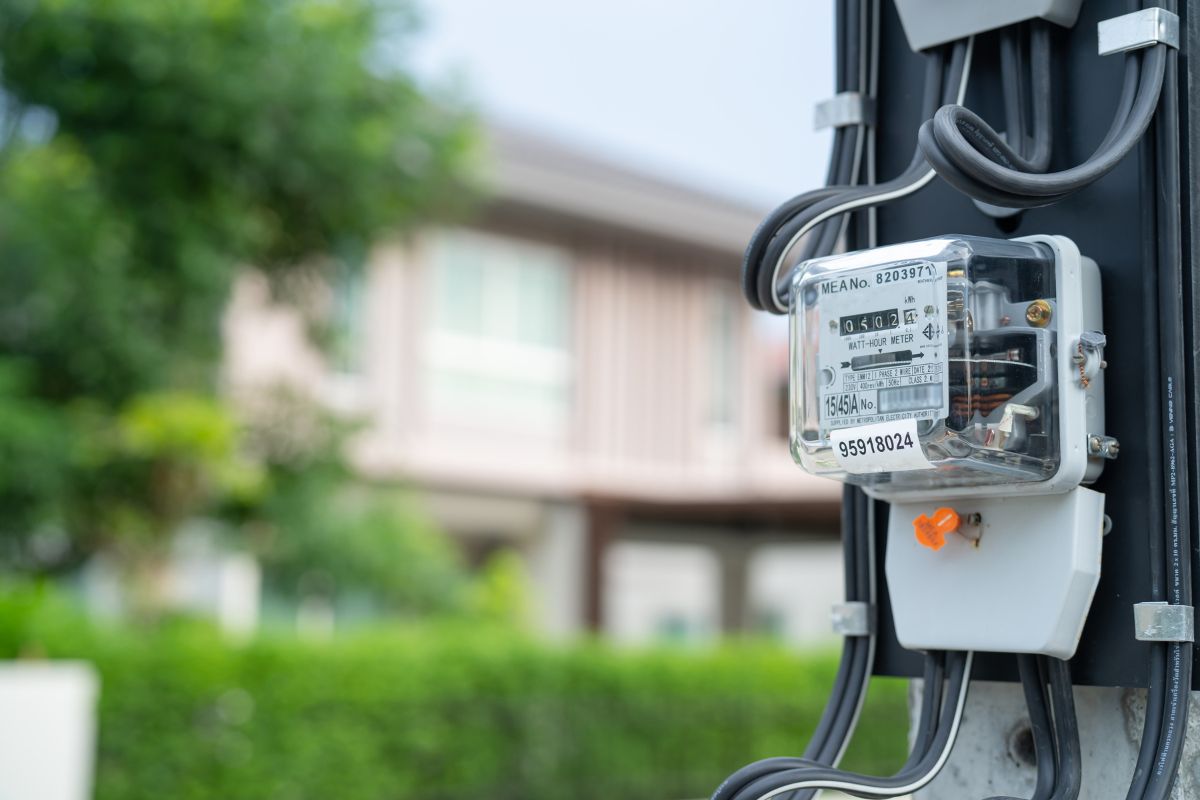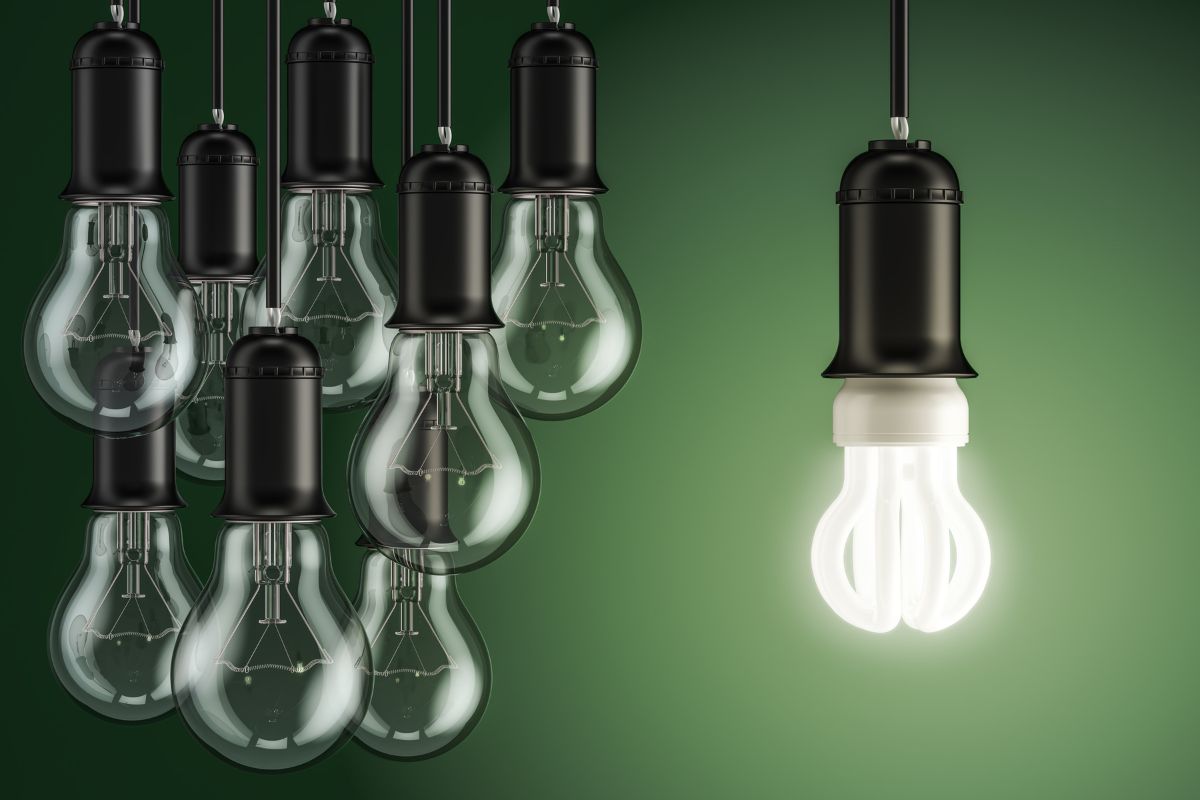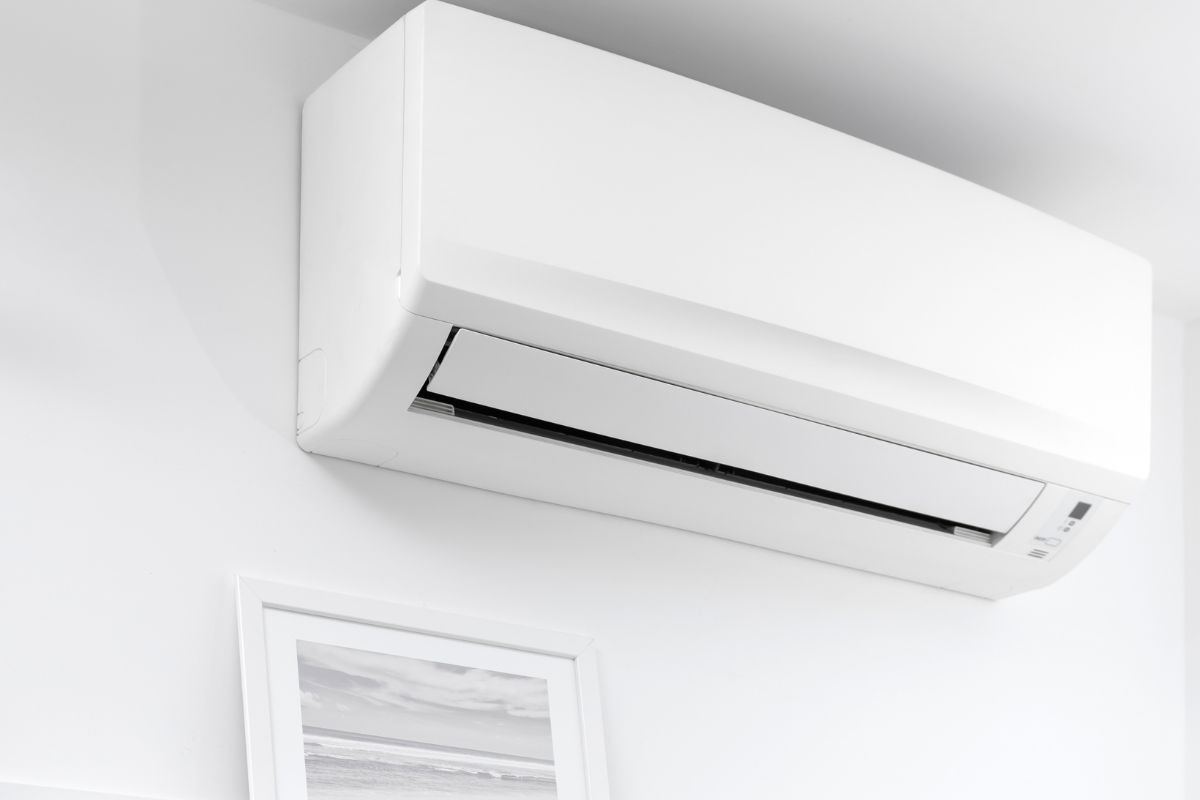What is Light Pollution
Light pollution refers to the excessive, misdirected, or obtrusive artificial light that is emitted into the environment, particularly at night. It is a form of pollution that can have negative impacts on various aspects of life, including human health, wildlife, ecosystems, and energy consumption.
Looking For Motion-Activated Energy-Saving Solutions?
Contact us for complete PIR motion sensors, motion-activated energy-saving products, motion sensor switches, and Occupancy/Vacancy commercial solutions.
Light pollution is primarily caused by inefficient and poorly directed outdoor lighting sources, such as streetlights, advertising, and commercial properties. These sources contribute to the wasteful use of energy and the disruption of natural light patterns.
The consequences of light pollution are far-reaching. Excessive artificial light at night can disrupt natural sleep patterns, leading to sleep disorders and other health issues in humans. It can also affect the behavior and reproduction of wildlife, disrupt ecosystems, and interfere with the natural rhythms of plants and animals. In addition, light pollution contributes to increased energy consumption and carbon emissions, exacerbating climate change.
Efforts to mitigate light pollution include using proper lighting fixtures and techniques, such as shielding lights to minimize glare and light trespass, using lower-intensity lighting where appropriate, and employing motion sensors or timers to control lighting when it is not needed. These measures aim to reduce the negative effects of light pollution while still providing adequate illumination for safety and security.
Get Inspired by Rayzeek Motion Sensor Portfolios.
Doesn't find what you want? Don't worry. There are always alternate ways to solve your problems. Maybe one of our portfolios can help.
Frequently Asked Questions
What Color Produces the Most Light Pollution
White light is responsible for the highest amount of light pollution due to its greater brightness compared to other colors of light. The wavelength of the light does not play a role in light pollution; it is the brightness that contributes to the increase in light pollution and its associated effects.
Is Warm White or Cool White Better for Your Eyes
The warmth or coolness of white light can affect your eyes differently. Light with a lower Kelvin rating tends to be warmer and less harsh on the eyes. Softer lighting is generally considered better for eye health. However, for workspaces and tasks that require more precision, cool and bright light is often necessary.
How Do LED Lights Affect the Human Body
In particular, the emission spectrum of LED lights, especially those with a blue peak, can potentially impact our health by inhibiting the production of melatonin. Melatonin is a hormone that our body naturally starts producing in the afternoon and reaches its highest levels during the nighttime hours.
Do Street Lights Cause Light Pollution
Millions of street lights in our cities emit light that is not fully utilized for illuminating streets or sidewalks. Instead, a significant portion of this light is lost and emitted above the horizon, resulting in the brightening of the night sky. This phenomenon is commonly referred to as light pollution.
What Lights Are Least Harmful
Warm light sources, such as incandescent bulbs and LED lights, have been scientifically proven to be the least harmful to the eyes. These types of lights closely resemble natural daylight, which makes them less likely to cause any eye-related issues. On the other hand, cool lighting options like fluorescent tubes and blue light emitted from devices can be damaging to the eyes and may lead to problems like eye strain.
Do LED Lights Cause Light Pollution
Typically, incandescent bulbs emit warmer yellow and amber tones, whereas LEDs emit harsher white and blue tones. As a result, the light from LEDs scatters more in the atmosphere, leading to a greater contribution to outdoor light pollution.
Can a Room Be Too Bright
Too much natural light can diminish the cozy atmosphere of a room, transforming it into a clinical and unwelcoming space. To counterbalance the brightness, it is essential to incorporate comforting elements like upholstered furniture, decorative pillows, and a soothing color scheme.
What Is the Biggest Source of Light Pollution
The main contributor to light pollution is the use of outdoor lights that emit light in an upward or sideways direction. When light escapes upwards, unless it is obstructed by a tree or building, it scatters throughout the atmosphere and increases the brightness of the night sky, resulting in a diminished view.









